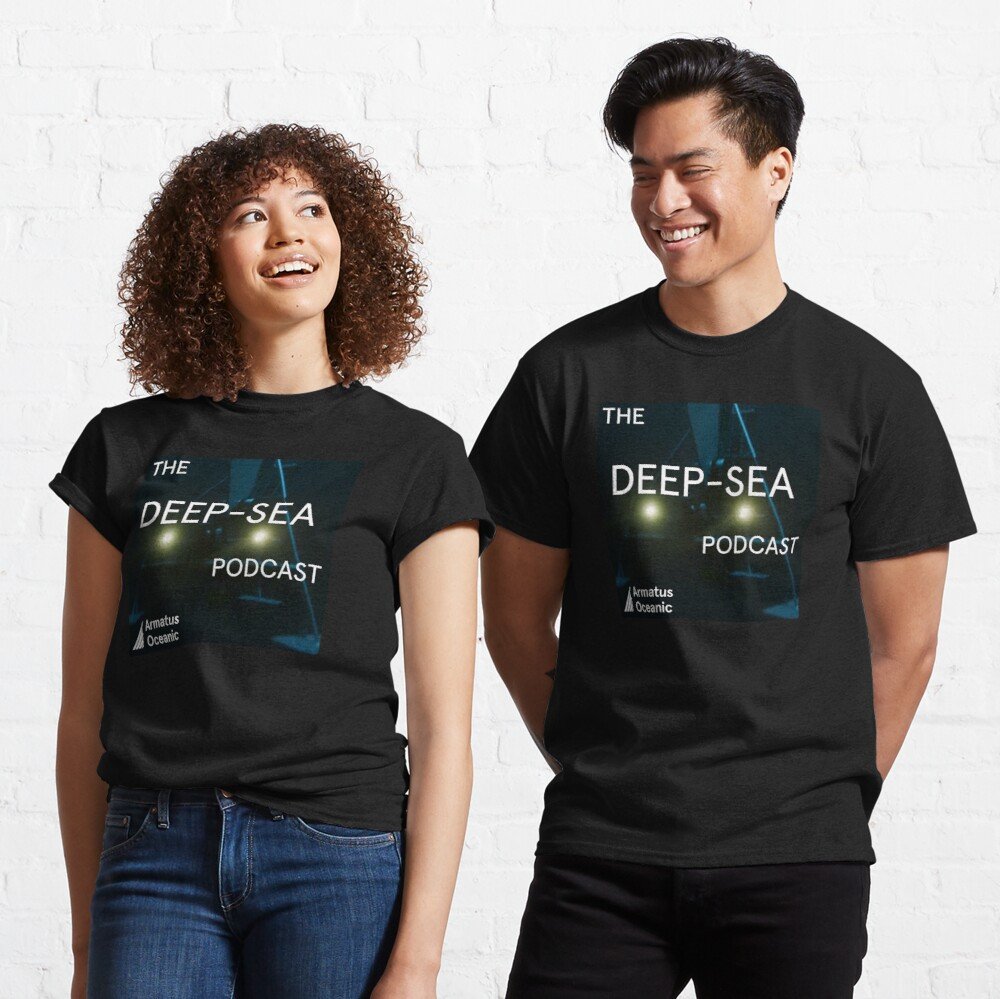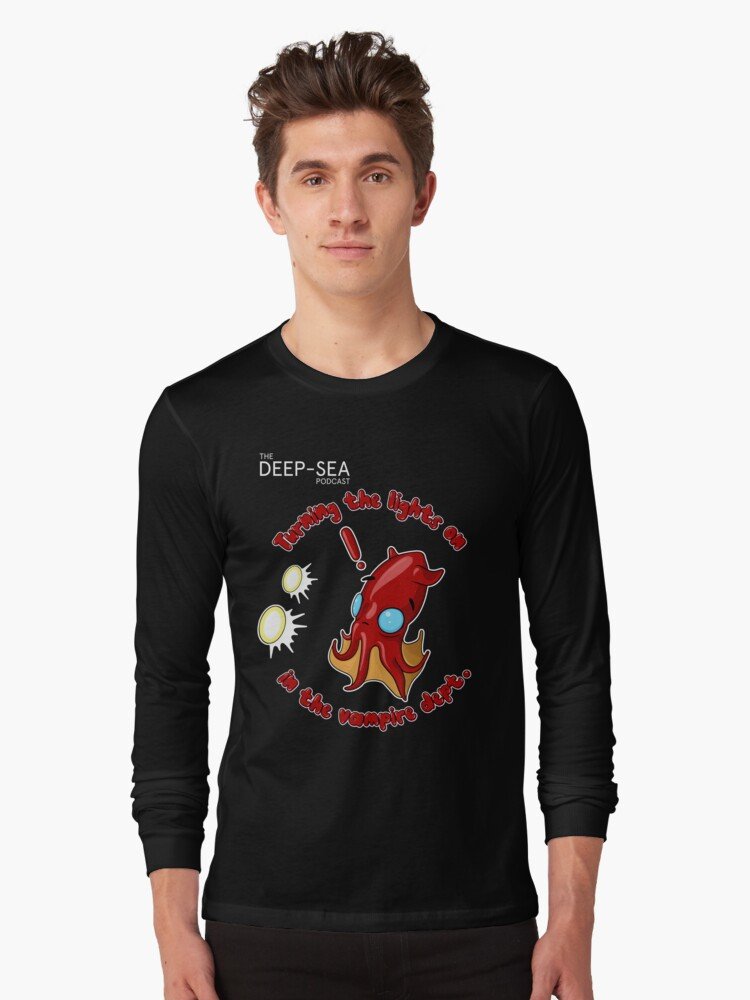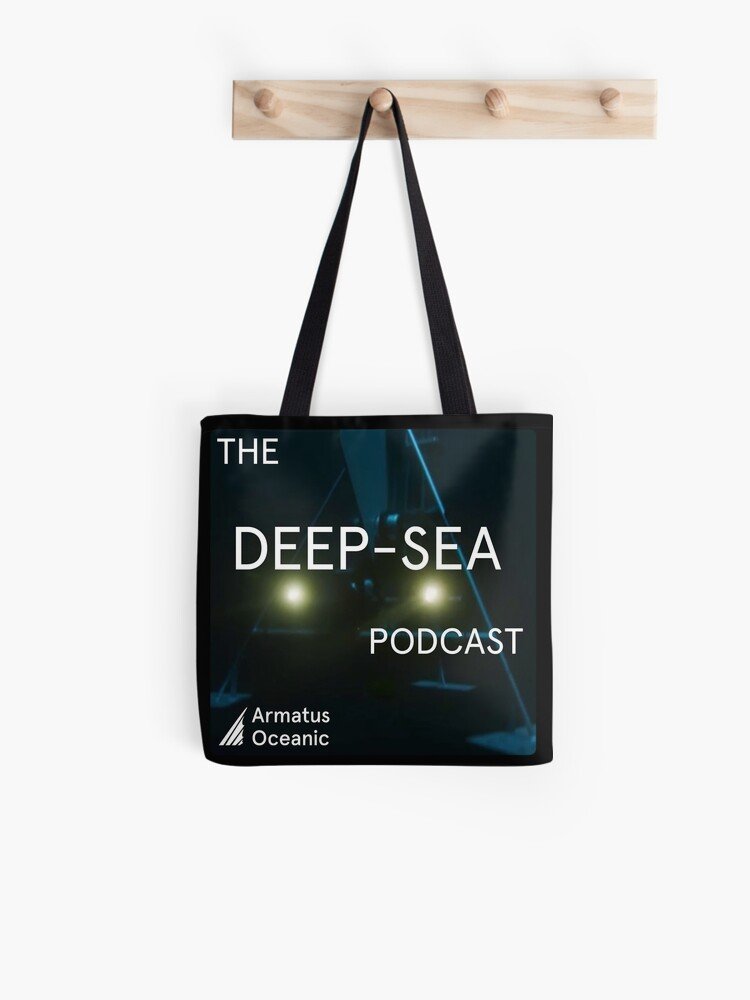LISTEN ON YOUR FAVOURITE PODCAST PLATFORM
OR LISTEN RIGHT HERE:
LISTEN TO THE FULL EPISODE
LISTEN TO THE SHORTER VERSION
Sorry that this episode isn’t the perfectly polished jewel that this show usually is. Thom’s family got a visit from both COVID and chickenpox so there hasn’t been the time or energy to edit as well as he usually does. But we couldn’t abandon you without an episode this month as some great stuff is still covered.
Last episode we leaned about the pelagic zone, the largest habitat on earth, a boundless 3D space where enormous migrations take place. We learned that this isn’t a world of darkness but rather one of biological light, where bioluminescence is used to attack, to defend and to communicate. While producing your own light may seem alien to us, it is likely the most common form of communication on the planet.
To learn more about this world we speak with Edie Widder, who has studied bioluminescence for her whole career and used the same adaptations found in the animals to design her own equipment. She developed the Eye in the Sea, a camera system invisible to most deep-sea animals, and a lure which emulated a bioluminescent jellyfish, the e-jelly. The gear worked extremely well and along with a lot of behaviours observed for the first time this also captured the first footage of the giant squid, Architeuthis dux.
In recent news we talk about how plate tectonics impact our climate, what we can learn from the evolution of cave animals and generating power from the thermocline. We hear from a listener about their bigfin squid archive. Larkin drops by to tell us what a ‘Tron Dolphin’ is and Don Walsh tells us why those same Tron Dolphins are a nuisance to submarines.
Check out our podcast merch! Please do send in any pics of you wearing the merch.
Feel free to get in touch with us with questions or you own comments on:
podcast@armatusoceanic.com
We’d love to actually play your voice so feel free to record a short audio note!
We are also on
Twitter: @DeepSeaPod, @ArmatusO
Facebook: ArmatusOceanic
Instagram: @deepsea_podcast, @armatusoceanic
Links
Mötley Crüe - Hooligan's Holiday
Finding the Samule B Roberts, deepest wreck.
Alien species invasion of deep-sea bacteria into mouse gut microbiota
Power generation from deep, cold water
Edith (Edie) Widder
Larkin’s YouTube channel, Instagram and TiKTok
Credits
Theme – Hadal Zone Express by Märvel
Logo image
Public domain images
Holder, Charles Frederick (1892) Along the Florida Reef, New York City, NY: D. Appleton and Company, p. 263
Jordan, David Starr (1907) Fishes, New York City, NY: Henry Holt and Company
Glossary
Bioluminescence – Biologically generated light
Cenozoic era – 50 million years ago when the earth started cooling
Cretaceous hothouse – 145-66 million years ago where temperatures were 10°C
Deep Worker – a small, single person sub
Electronic jellyfish – A bioluminescent bait
Esca – The lure on anglerfish
Eye in the sea – A red light illuminated camera with a electronic jellyfish as bait
Fermi bubbles – Listen to the end
Magnapinna – The genus of the bigfin squid
Marine snow – The biological material (bodies, poop and shells) singing into the deep sea
Moribund – Something that is dying and cannot be saved
Olm – A type of blind cave salamander
Photomultiplier – Tech that boosts very weak sources of light
Promachoteuthis – The genus of squid that was seen on Edie’s camera system
Squid jig – A lure used to fish for squid
Stoplight fish - Deep-sea dragonfishes of the genus Malacosteus that can both see and produce red light
Thermocline – layer of sudden temperature change in the sea
Tubeshoulder – Deep-sea fish with a specialised organ that squirts bioluminescent material
Wasp suit – A deep-sea diving suit







